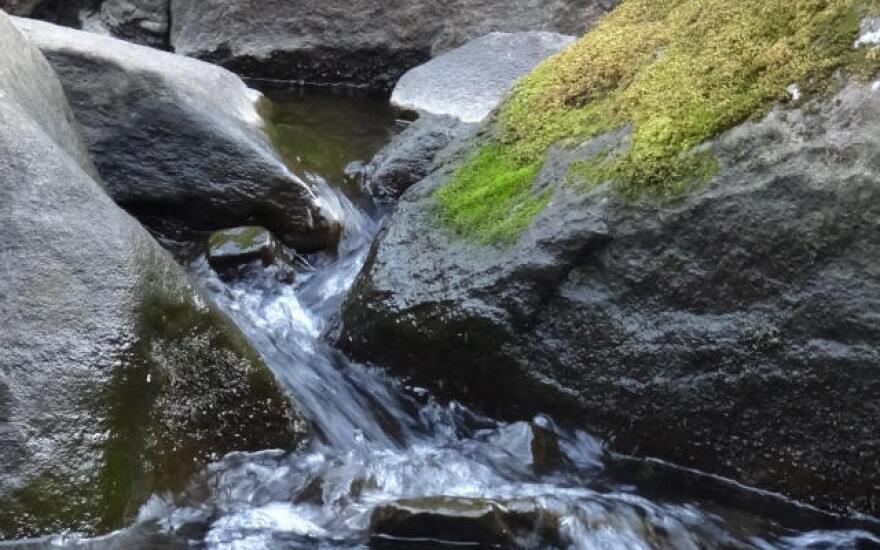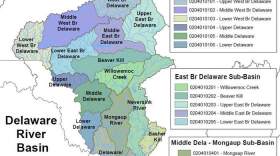Six organizations in the Brandywine-Christina watershed of the Delaware River received $2.8 million in funding from the William Penn Foundation to target land preservation and management practices that could improve the water quality of the Delaware River.
The Brandywine-Christina Watershed is a tributary of the Delaware River. Nongovernmental organizations and environmental groups will use the funding to work with farmers to minimize runoff from their land that threatens the drinking water supply of about 340,000 people in Northern Delaware. They’ll also plant forest along 10 miles of stream to absorb nutrients from runoff.
Gerald Kauffman, the director of University of Delaware’s Water Resources Center, said it’s essential to improve water quality in the Delaware River Watershed because it’s the only source of drinking water for Northern Delaware residents and the foundation of Northern Delaware’s economy.
“There’s more people in Northern Delaware that drink the water from the Brandywine than there are up in Pennsylvania where 90 percent of the watershed originates,” Kauffman said.
Besides runoff, nearby intruding development also threatens the watershed, said David Shields, the associate director of land conservation with the Brandywine Conservancy of Chadds Ford, Pennsylvania.
“We’re blessed with a lot of open farmland, forest and natural lands. The conversion of those lands to developed lands leading to increased impervious coverage is a big problem,” Shields said.
One area the groups will focus on preserving is the Brandywine Headwaters – predominantly in Honey Brook Township, Pennsylvania.
“That’s a farming community where we’re working directly with landowners to preserve their farms through agricultural easements but also working directly to make farmers better stewards of the land,” Shields said.
The conservancy recently took part in planting 35,000 trees along 22 miles of streams, preserving 19 farms in the watershed over the last four years. They’ve been working on restoring water quality in the watershed with Brandywine Red Clay Alliance, Stroud Water Research Center, The Nature Conservancy of Delaware, Natural Lands and the University of Delaware Water Resources Center.
Historic sources show pollution in the Brandywine dates back to 200 years ago, Kauffman said. However, when President John F. Kennedy and governors from the four states in the watershed created the Delaware River Basin Commission in 1961, it triggered efforts to revitalize streams that were sources of drinking water.
Kauffman said recent metrics and water quality trends show improvements in dissolved oxygen in the Brandywine Creek at the Delaware-Pennsylvania state line.
That's helping fish, like striped bass and herring species come back to the mouth of the Brandywine.
“We’re seeing bald eagle population increases because their primary diet is fish,” Kauffman said. “All these metrics are going in the right direction.”
The William Penn Foundation awarded about $40 million in funding to the Delaware River Watershed Initiative, which consists of 65 organizations across Pennsylvania, New York, New Jersey and Delaware.




